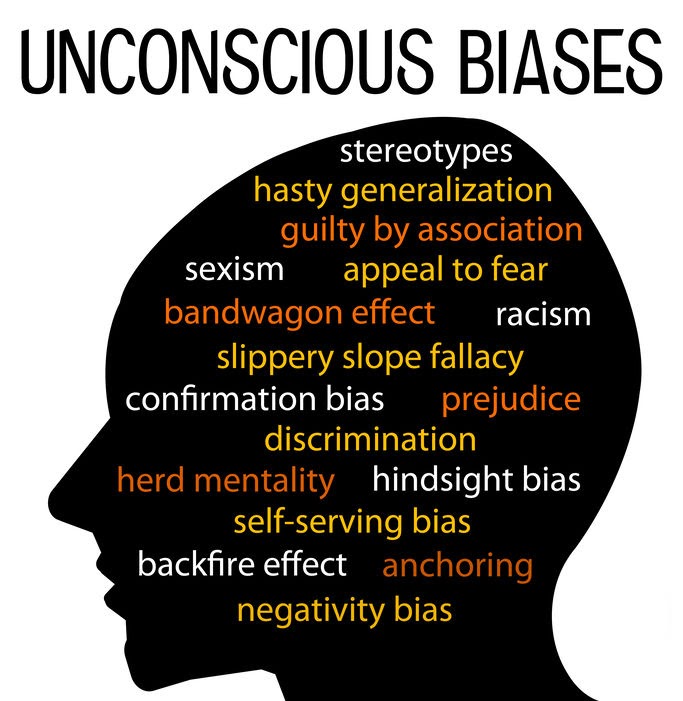View this material in a Google Doc: Framing Language to Support Achievement
Objective: To examine the impact words have on student achievement, classroom climate, and belief in oneself in a remote and hybrid learning environment.
The estimated time for this activity is 25–35 minutes.
Read This e-Text
In the NYSED’s Culturally Responsive-Sustaining Education Framework, the second principle is high expectations and rigorous instruction. The bullet below is part of the teacher expectations for this principle (p. 27):
- Have high expectations and deliver rigorous instruction for all students regardless of identity markers, including race, gender, sexual orientation, language, ability, and economic background.
Read about the three different areas related to framing language and then engage in the reflection questions below.
Framing Language
Words Have Impact
The experiences students receive in the classroom should foster their sense of safety and achievement. Language is the universal means by which we communicate with one another, express our emotions and beliefs, and assert our identity. It is also our means of building our connection to other human beings. What we say, and what we don’t say, matters. It is also important to consider the “how” along with the “why” behind our words and actions.
Studies on the impact of words on our brains have shown that positive words have the ability to strengthen the frontal lobe, which influences motivation, as well as our ability to reason and exercise grit or resiliency, among other critical executive function skills. Adversely, negative words trigger activity in the amygdala, the center of our brain that regulates emotion and is associated with the body’s fear and stress response. This releases dozens of stress-producing hormones and neurotransmitters, which in turn interrupts our brains’ functioning. (Borchard, T. J. (2018, January 28). Words can change your brain. Retrieved from https://psychcentral.com/blog/words-can-change-your-brain-2#1)
As educators, we want to minimize any negative associations students could have with their learning environment and use our words to create a safe and supportive culture that fosters achievement.

Confront Implicit Biases
Your words can either inspire students toward growth and efficacy or reinforce negative stereotypes or assumptions. Everyone has implicit biases. If not challenged and looked at introspectively, these biases may impact the expectations and beliefs held about students and their abilities or contributions to the learning community. Several factors may impact these beliefs, such as: socioeconomic status, gender, language, culture, disability, and race. These factors should never lead the assumptions held for any particular student.
All students should receive a consistent message that they can succeed, exceed milestones, and overcome challenging tasks. That message will come from you!

Embrace Linguistic Diversity
According to the article “The Sound of Inclusion: Why Teachers’ Words Matter,” “at all levels of education, instructors often favor students who sound like themselves and can be biased against those who don’t. Educators might form negative assumptions about a student’s intelligence and ability based simply on how he or she talks, which can result in lowered expectations, stereotyping and discrimination. Teachers sometimes also send messages, whether consciously or unconsciously, that a student’s language is wrong, dumb or out of place at school.”
If we see students for what they lack, then we keep ourselves from recognizing the unique contributions they bring to the learning environment. For example, bilingual students or “emerging multilinguals” are often seen as having a language deficit. Unfortunately, this can impact how teachers engage multilinguals with content. However, multilinguals need to know that their brains are more complex, thus offering many benefits that monolinguals may not have. For example, speaking more than one language is associated with greater cognitive flexibility, the ability to recognize patterns, and the ability to think divergently or creatively.
Stop and Think
Take a moment to reflect on your childhood teachers:
- What do you recall about their voices, the kinds of words they used, their tone of voice, etc.?
- How did you feel around them?
- How did they impact you?
(Key: T — Teachers, SL — School Leaders, DL — District Leaders)
- What are some ways in which educators can avoid making assumptions about student ability and performance in a remote and hybrid learning environment? (T, SL)
- ACTION — Have students send you a private virtual “I Want My Teacher To Know” message sharing information about how you can best support them.
- How might your cultural background, racial identity, and past educational experiences influence the way you communicate expectations to students? (T)
- ACTION — Consider conducting a survey for students to share what makes them most comfortable in sharing ideas and contributing to class activities.
- In what ways can the language of emerging bilinguals be embraced in the remote or hybrid classroom? (T, SL, DL)
- ACTION — Many video-conferencing platforms allow translation or closed captioning of an audio transcript. If it’s helpful, enable these features during live or one-on-one lessons.
- ACTION — If students are struggling to respond to a question in the school’s dominant language, allow them to express themselves using their home language, then use a translation service to provide a translation.
Brainstorm and Design
Part I: Use Your Language to Reinforce
In a remote and hybrid learning environment, your words can serve as a powerful tool to reinforce learning and acknowledge student contributions. Explore the Language Matters tool to examine the ways in which you can empower and support students through responsive language. Then, proceed to the activity below.
Part II: Language Usage in the Remote and Hybrid Learning Environment
Directions: Think through the routines and procedures that occur within your remote and hybrid learning environment using the graphic organizer below.
